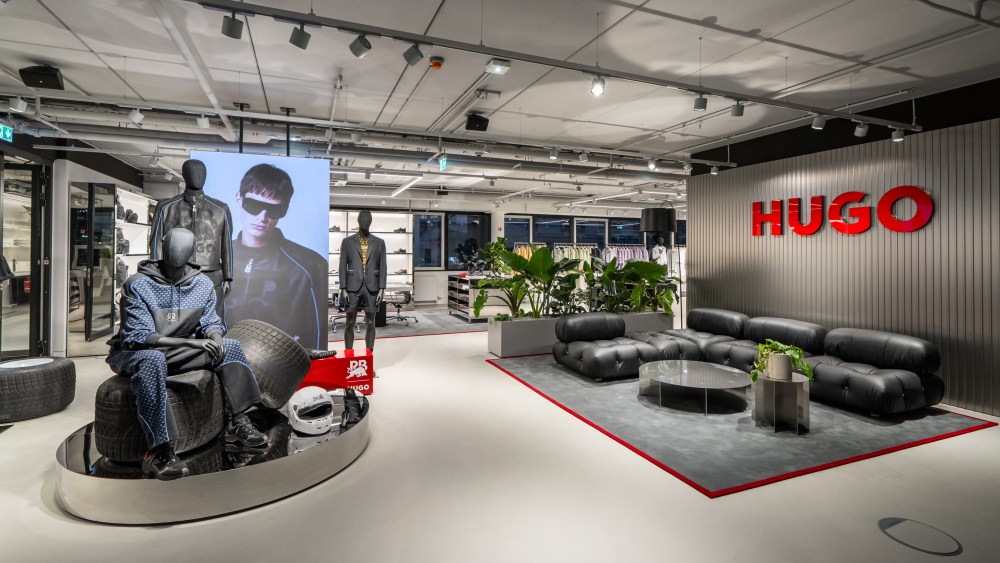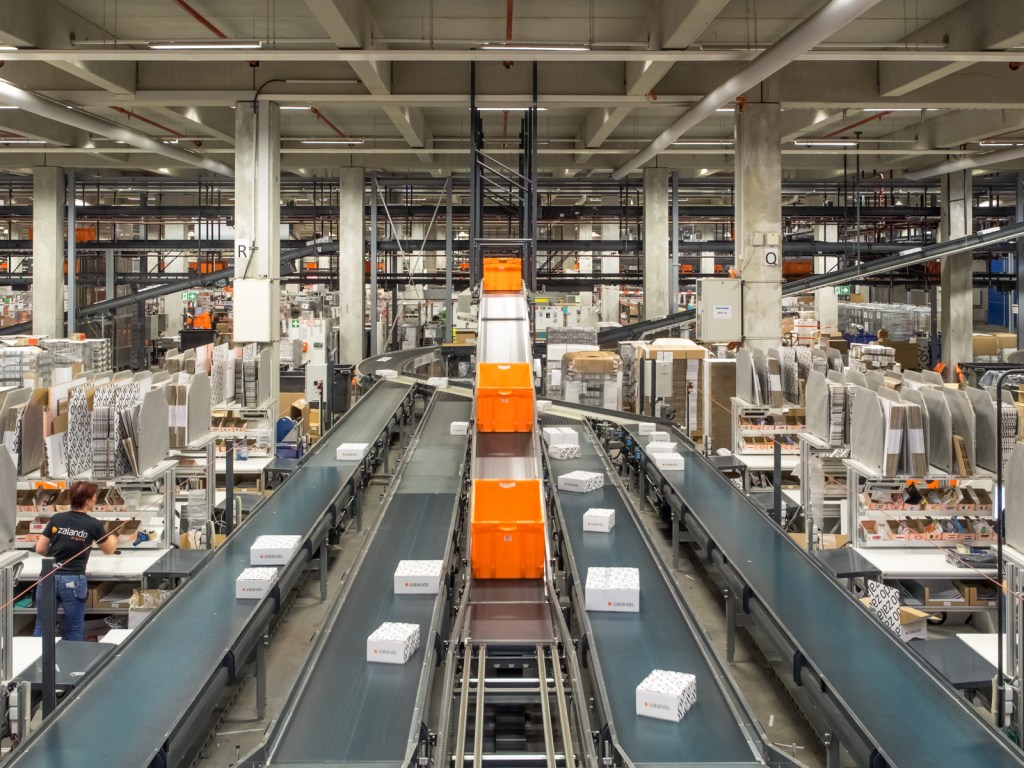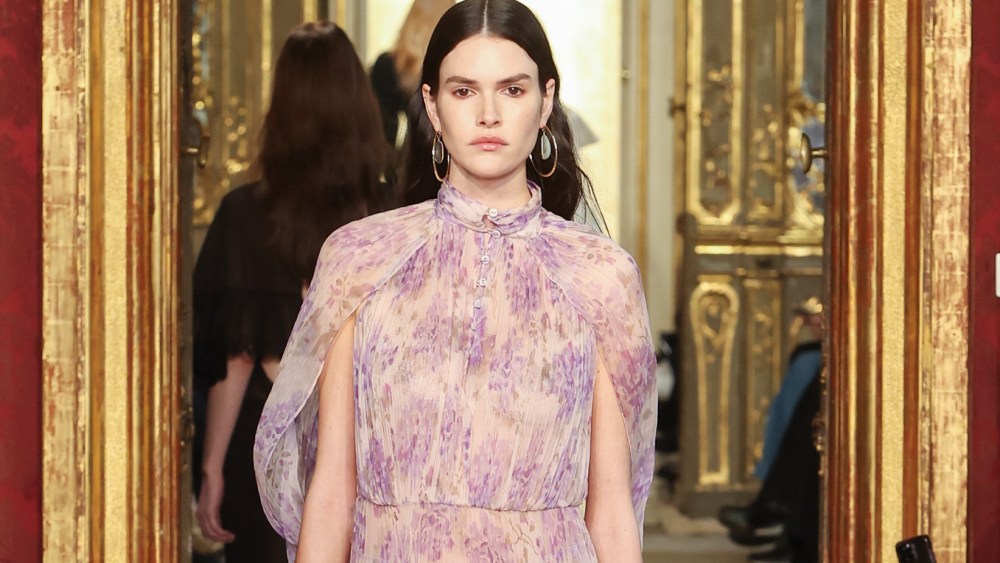BERLIN – Revenues at German company Hugo Boss fell 1 percent in the second quarter to 1.01 billion euros.
With a revamped brand design and major investment into initiatives like a star-studded marketing campaign, Hugo Boss had been doing well up until now.
“We boosted brand relevance…winning over consumers from all over the world,” chief executive officer Daniel Grieder said in a statement.
“However, following this period of strong top-line momentum, the global market environment deteriorated substantially in the first half of 2024. The weakening consumer sentiment in most markets led to a rapid slowdown in growth across the entire industry, which we could not completely escape from,” he explained.
Despite the second-quarter decrease, revenues in the first half grew 3 percent on a currency-adjusted basis to 2.03 billion euros.
You May Also Like
Organic sales in Hugo Boss’ home market of Europe, the Middle East and Africa — which makes up the most substantial part of its income — fell 2 percent to 604 million euros in the second quarter. In a statement, the company said that “dampened consumer sentiment” had impacted it, particularly in the U.K., France and Germany. The company expects the situation in EMEA to improve slightly, so that by the end of the year, the sales territory would still see growth in low single digits.
In the Americas, where Hugo Boss has been making significant effort to market itself as a 24/7 lifestyle brand rather than a formalwear expert, sales rose 5 percent on a currency-adjusted basis to 250 million euros. Most of this growth came thanks to U.S. consumers, the company explained, and is expected to continue throughout the year.
In the Asia Pacific region, revenues fell 4 percent to 134 million euros. The Chinese market was proving difficult but, Hugo Boss said, sales in the rest of the Asia Pacific region, and in Japan in particular, improved, heading into high-single digits. However, muted demand in China is likely to continue to weigh on Asia Pacific sales for the rest of the year, it predicted.
In terms of product categories, menswear from the company’s more formal Boss brand fell 2 percent on a like-for-like basis to 794 million euros, while womenswear from the same line grew 2 percent to 68 million euros.
Hugo Boss’ more casual line, Hugo, which incorporates sportswear and denim, grew 3 percent to 152 million euros.
In terms of key financial indicators, Hugo Boss’ expenses have continued to rise and the company’s operating profit fell 42 percent to 70 million euros. This reflected “lower revenues in the three month period as well as higher operating expenses,” Hugo Boss said.
This was below analysts’ consensus forecast for an operating profit of around 82 million euros.
The company will be taking a firmer approach to spending, Grieder said. “This includes removing spend in non-strategic areas of the business, with particular emphasis on sales, marketing, and administration. Together, these efforts will enable us to noticeably limit cost growth going forward and provide strong tailwind to our bottom-line performance,” he argued.
Hugo Boss had already lowered guidance for the full year in mid-July when announcing preliminary second-quarter results. Sales are now expected to increase between 1 and 4 percent in 2024, with revenues projected between 4.2 billion euros and 4.35 billion euros. Previously the company had expected sales to increase by 3 percent to 6 percent to up to 4.45 billion euros.
Analysts had previously noted this was the weakest quarter Hugo Boss had seen since Grieder had come on board in 2021 and instituted a new action plan.
But Hugo Boss is not alone with this problem. High-end luxury brands, such as those owned by LVMH and Kering, have proved more resilient but mid-tier luxury brands, like Burberry and Swatch, have reported similar concerns.



